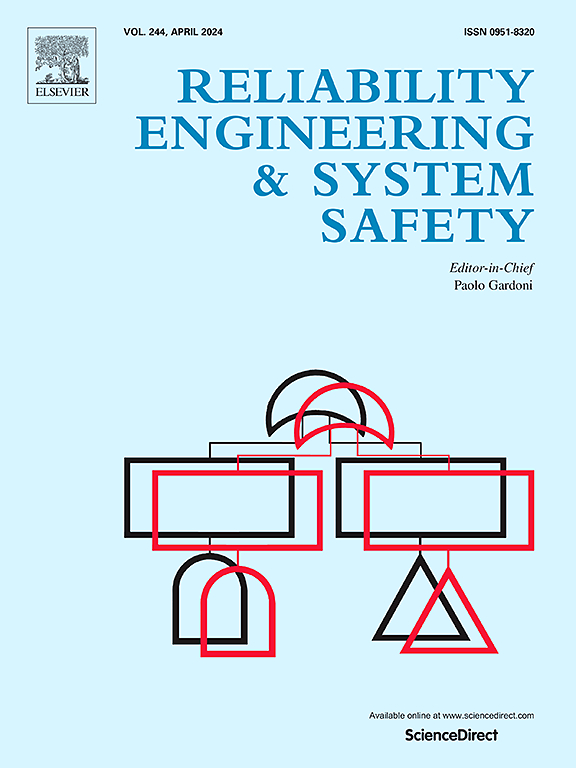Is our mission profitable: The cost-effectiveness curve with a possibility of a mission abort
IF 9.4
1区 工程技术
Q1 ENGINEERING, INDUSTRIAL
引用次数: 0
Abstract
We consider missions of fixed and random duration and are interested in their cost-effectiveness at each instant of time. As a measure of quality, the difference between the expected conditional profit (on condition that a system is operable at the current time) and a profit already earned up to this time in case of a mission abort is suggested. This takes into account the corresponding penalties and rewards due to abort or completion of a mission, respectively. However, the main focus is on cost-effective missions and requirements for achieving it. As a result, the cost effectiveness curve is obtained for two cases: with and without observing a univariate degradation process of a system. Specifically, when the degradation is observable, the cost effectiveness curve (at each instant of a mission time) indicates the value of degradation on exceeding which, a mission becomes non-profitable with respect to the suggested criterion. The detailed numerical examples illustrate our findings.
求助全文
约1分钟内获得全文
求助全文
来源期刊

Reliability Engineering & System Safety
管理科学-工程:工业
CiteScore
15.20
自引率
39.50%
发文量
621
审稿时长
67 days
期刊介绍:
Elsevier publishes Reliability Engineering & System Safety in association with the European Safety and Reliability Association and the Safety Engineering and Risk Analysis Division. The international journal is devoted to developing and applying methods to enhance the safety and reliability of complex technological systems, like nuclear power plants, chemical plants, hazardous waste facilities, space systems, offshore and maritime systems, transportation systems, constructed infrastructure, and manufacturing plants. The journal normally publishes only articles that involve the analysis of substantive problems related to the reliability of complex systems or present techniques and/or theoretical results that have a discernable relationship to the solution of such problems. An important aim is to balance academic material and practical applications.
 求助内容:
求助内容: 应助结果提醒方式:
应助结果提醒方式:


